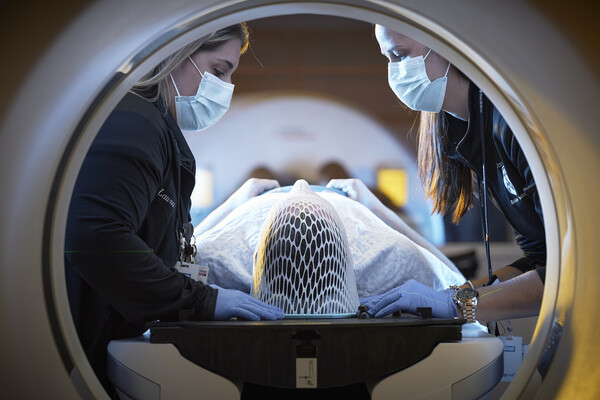The problem with prisons
Nearly 2 million Americans - an unprecedented number - are incarcerated in prison or jail, so the way they are being treated is worth thinking about.
This is not merely a humanitarian concern. While some of these people will be executed or spend the remainder of their lives behind bars, most will be back on the streets.
Congress' only recent response to this issue has been the Prison Litigation Reform Act of 1996, which deprives the federal courts of jurisdiction over prisoner complaints in certain situations.
It is difficult to imagine a more short-sighted or unnecessary statute. The federal courts are simply not the problem with the American correctional system; in fact, they have provided part of the solution.
Between 1965 and 1990, the courts, using their constitutional authority to forbid cruel and unusual punishment, engaged in an extensive reform of American prisons. They were motivated by prisoner complaints of horrific conditions, most notably in Southern prisons.
Prisoners as slaves
Pre-1965 Southern prisons were modeled, often quite consciously, on slave plantations. Like plantations, these prisons were expected to use their land and their resident labor to turn a profit. Prisoners were marched into the fields at dawn, where they performed back-breaking agricultural labor until sunset. They worked under the supervision of other prisoners - "trusties" - armed with guns, just as the slaves had worked under drivers who were slaves themselves. If they failed to work, or to work hard enough, they would be beaten.
Since they were in fact criminals, rather than ordinary people who had the misfortune to have been enslaved, they preyed viciously on one another.
In an effort to keep the prison profitable, the prisoners were fed inadequate, often repulsive food, denied medical care and, of course, given no educational or vocational training.
If they tried to escape, they were pursued by dogs.
Courts to the rescue
The federal courts put a stop to these practices and compelled prisons to provide adequate food, housing, medical care, professional guards, educational opportunities for prisoners and jobs that developed usable skills.
The idea that the courts were out of control, or that they were turning prisons into "country clubs," is simply a delusion produced by our hysteria about the entire issue of crime and crime control.
In short, the courts did a good job with prison reform. They created prisons that give prisoners a chance to become productive members of society. Current prison officials are in almost universal agreement with this approach: to avoid brutalizing the prisoners and give the motivated ones a chance to rehabilitate themselves.
The real problem, at present, is that state correctional authorities are drowning under the influx of new prisoners and prisons are losing all their substantial and widely-recognized gains of the past 30 years. If this trend continues, the increasing number of convicts who are ultimately released will be uneducated, untrained, brutalized and angry - a greater menace, not a lesser one.
If Congress truly wants to address the problems that are still plaguing our prison system, it should appropriate funds to continue the work that the federal courts began.
As long as we have so many Americans in prison, we need to devote the resources that are needed to secure the gains in decent, potentially rehabilitative confinement that the courts achieved. That is the task to which Congress should direct its efforts.
Edward L. Rubin is a professor of law and co-author of "Judicial Policy Making and the Modern State: How the Courts Reformed America's Prisons."
- What's bugging you? You can contribute a column on a general interest or University-related subject. Call us first, 898-1426, or e-mail us.







